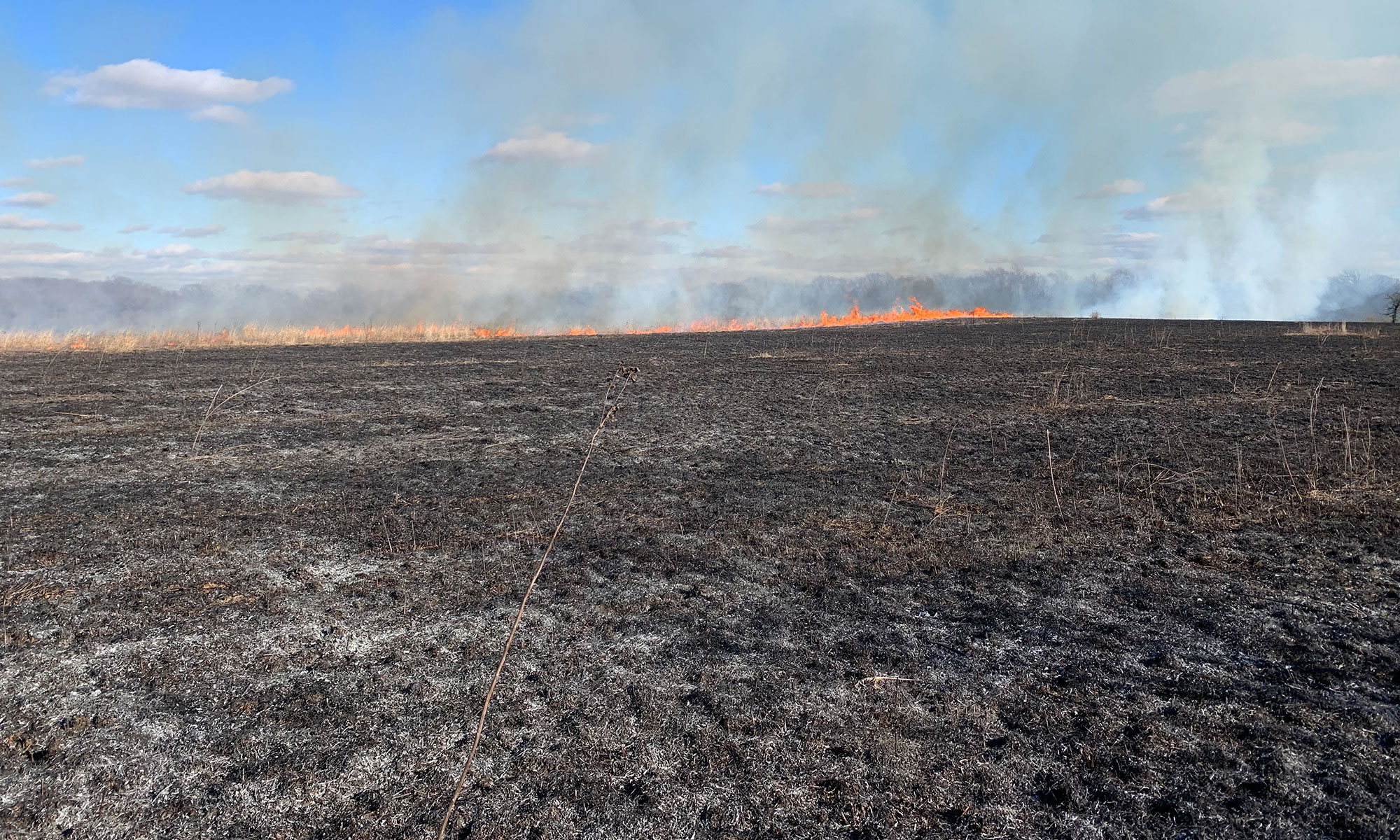EAL strives to make advances in the application of archaeological soil micromorphology to archaeological research. Archaeological soil micromorphology is the study of archaeological sediments and soils using microscopic techniques. Analyses focus on micro-stratigraphic observations of archaeological deposits and the soil forming processes that act upon archaeological materials.


EAL is set up to collect samples, embed them in resin, and analyze them using both in-house and on-campus microscopy resources. The University of Illinois has tremendous on-campus resources available to EAL, such as microCT scanning whole soil blocks at the Institute for Genomic Biology, a range of microscopy resources in the Microscopy Suite at the Beckman Institute, the Materials Research Lab, and the Petrography Lab in the Illinois State Geological Survey. A major goal of EAL is to apply advances in microscopy to the compliance-based archaeological investigations for which ISAS has long been recognized as a leader. We are currently analyzing samples from multiple research and applied projects in Illinois, Colorado, and New Mexico.
Soil micromorphology studies at the Noble Wieting site
The Noble-Wieiting cultural site is a Langford-Mississippian settlement in Central Illinois, and previous investigations suggest that multiple cultural groups lived at this site. Excavations by a collaboration between the Illinois State Archaeological Survey, Illinois State University, Parkland College, and Western Illinois University present new opportunities to understand the occupation history of this site using a range of new techniques and theoretical approaches. Soil samples from multiple domestic features, many of which are well preserved, present an opportunity to demonstrate the utility of micromorphological analyses for the study of domestic and household features that are common to Midwestern and Southeastern archaeology.

Ongoing soil micromorphology investigations of Feature 49 have found a complex sequence of well-preserved disposal and burning events within a refuse pit. We are using microstratigraphic observations in conjunction with radiocarbon-dating to develop a finely resolved chronology of how people of Noble Wieting used this pit. Our analyses include high-resolution micro-CT (computed tomography) scans of soil blocks collected from the site by analysts at the Institute for Genomic Biology. These scans allow us to examine and quantify how the orientation of artifacts relate to microstratigraphic depositional events, as well as traces of soil forming (pedogenic) processes in 3D and at microscopic scales!





